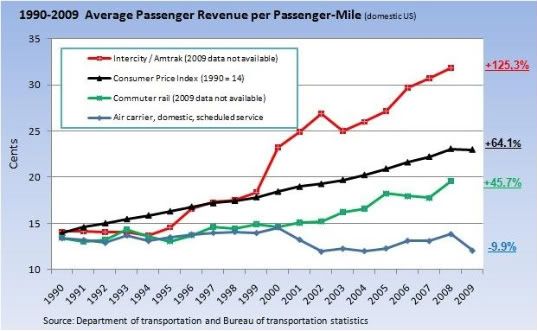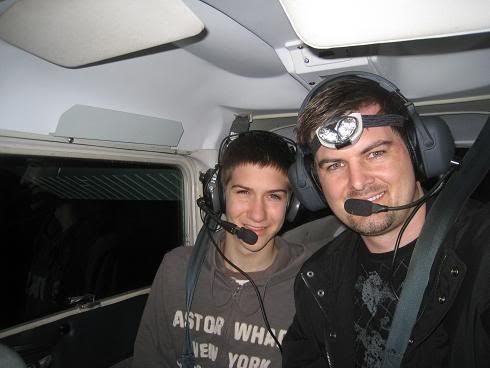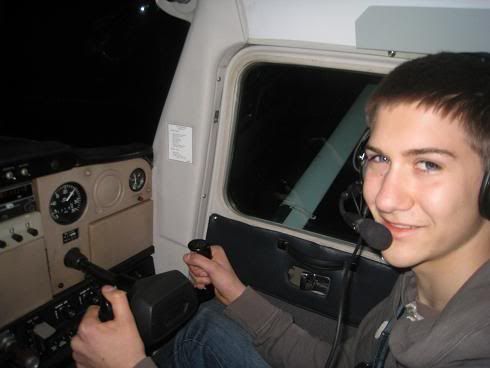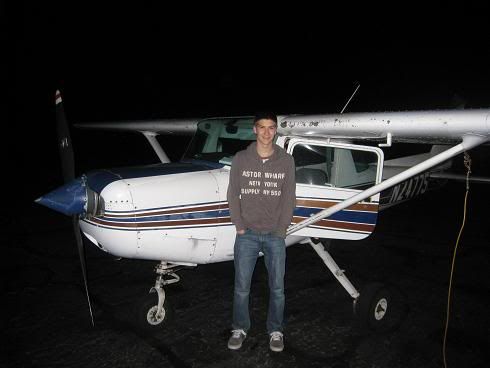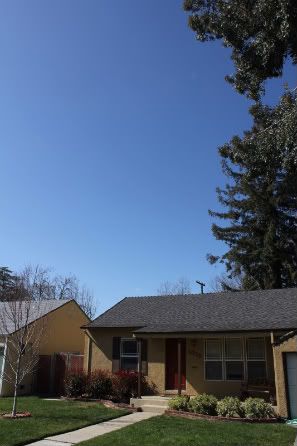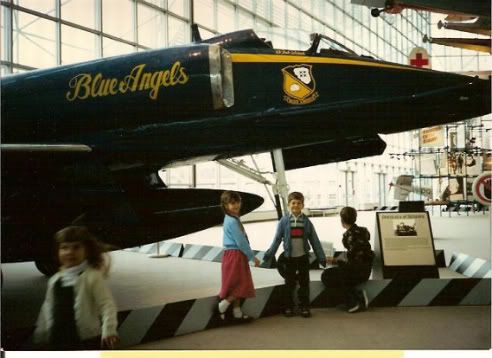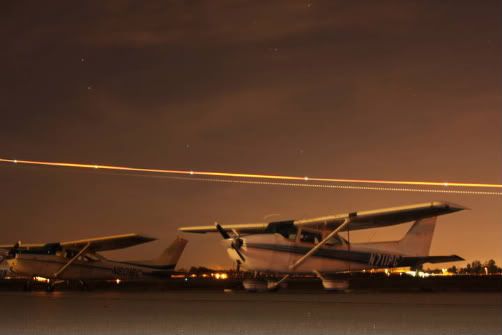Airlines are taking huge steps to cut fuel consumption as fuel prices start inching up. Airlines are currently running on such slim profit margins that even slight increases in fuel costs can nearly cripple an airline if unprepared for the increase. Airlines across the board have begun jacking up prices and have already started grounding aircraft to reduce capacity and maximize the usage of the current aircraft (read: extremely full aircraft). I’ve even heard that some airlines are toying with the idea of offering variable rate tickets to transfer some of the risk of increasing oil prices on to the passenger – although I don’t know who in their right mind would buy such a thing? I guess people bought variable interest home loans so maybe they will do the same for an initially cheaper airline ticket.
In addition to increasing fares and grounding aircraft, American Airlines is working especially hard to be prepared for increased oil prices. They have put together an entire program called Fuel Smart consisting of fuel saving measures that individually may not have a significant impact, but across a fleet of hundreds of aircraft will begin to add up. AA is currently working on modernizing a fleet of older Boeing 737 aircraft with weight a primary concern. Here are the current 737 airplane weight saving changes:
- Replacing all 19,000 drink carts with new 12 lb lighter carts
- Testing a new paint coating that is meant to improve airflow over the airplane body
- Removing seat back phones and their heavy wiring
- Installing lighter seats
- Lighter carryon luggage bins
- Lighter TV monitors
- Buying more tugs to tow airplanes from terminals to hangars for when maintenance or testing is needed instead of starting the jet engines to taxi
All told, these improvements add up to and estimated $370 million in savings relating to fuel burn. I’m not sure how that relates to their overall operating budget but I’m sure it makes a difference.
This story gave me an idea though. AA is investing in tugs to pull aircraft from the terminal to hangars and have apparently done the math to figure out that the extremely expensive tugs are still less expensive than taxiing the aircraft to maintenance hangars. In fact, AA saved 3.6 million gallons last year just by towing instead of taxiing to maintenance hangars. I started to think about the savings and wonder, wouldn’t airlines save even more money by towing the airplanes to the run-up area for takeoff? Especially if the airplane is delayed for takeoff.
Imagine a tow-taxi procedure in operation at the larger airline hubs such as JFK, Atlanta, Dallas, and Chicago among others where departure delays regularly drag on up to three hours, if every jet sat with engines off, being both tugged and cooled via the much cheaper to operate Diesel or electric Tug engine, couldn’t that save the industry millions if not billions of fuel dollars? I did a little poking around online to see if the idea has already been presented and sure enough, it’s out there - sort of.
Apparently Virgin Atlantic had been working on this very idea as part of the airlines various “green” initiatives. Virgin claimed that towing aircraft to a starting pad at the end of the runway could save two tones of CO2 per flight if it normally takes a non delayed airplane 10 minutes to taxi. Obviously a conservative estimate. The project was gaining steam in 2006 with the first 6 flights starting with a tow to the runway when Virgin received information from both Boeing and Airbus stating that repeatedly towing airplanes at full gross weight would weaken the landing gear and potentially shear it off after repeated full capacity towing. Additionally, they stated that they would not offer product support to aircraft that had been towed at full capacity. Virgin has since stated that the towing initiative is indefinitely grounded.
My question is this: If reducing a few jet powered trips to the maintenance hangar saves AA 3.6 million, easily justifying the investment in new tugs, wouldn’t the drastic reduction in fuel consumption from an entire airline industry towing their airplanes to the runway be enough of a savings to justify investment in stronger landing gear that could handle the stress of towing a full aircraft? I guess I am just surprised that when one airline is looking at even small weight reductions as a means of saving fuel, that there wouldn’t be enough industry pressure on Boeing and Airbus that they could find a solution if the airlines collectively requested a fix. As it is, I read airline news on a daily basis, and have been for around three years, and had never heard of an airline talking about this solution until I looked for it. As a note, airlines are not blind to the issue of taxi fuel burn as most if not all request that their pilots taxi using only one engine to reduce consumption, but even on one engine, the fuel burn is significant.
Oh well. And I though I had a little jewel of an idea too!!
Here are my links:


